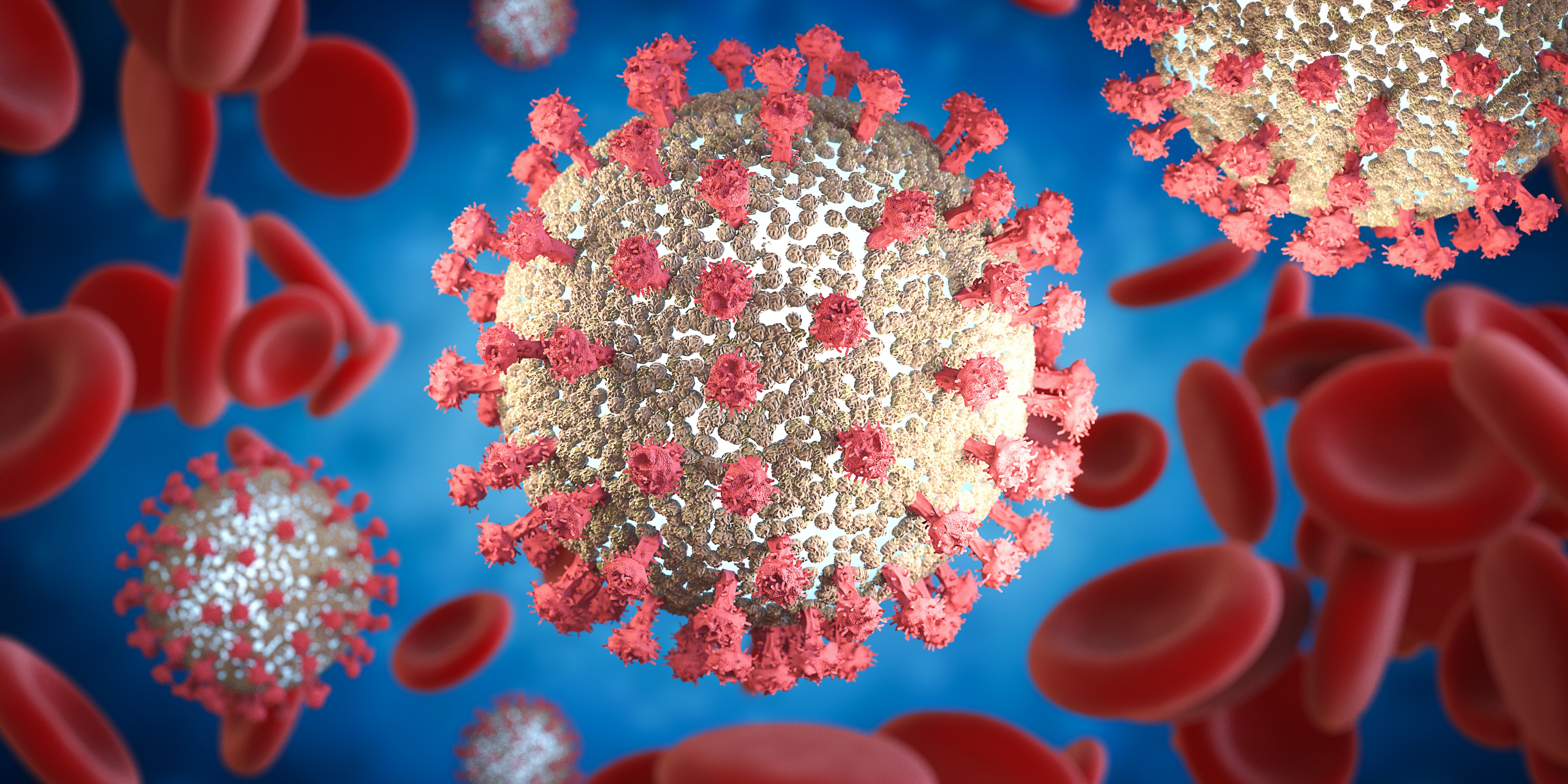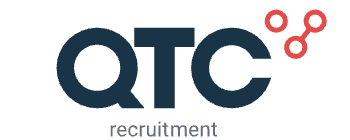Geschreven door Nasma - 9 Minuten leestijd
Cancer-targeting antibody–drug conjugates drive dealmaking frenzy

Improved linker technologies and broadening payload options mark a coming of age for these precision cancer therapies.
Antibody–drug conjugates (ADCs) are driving a multi-billion-dollar dealmaking frenzy. Big pharma is snapping up ADC assets and technologies amid accelerating approvals, broadening indications and advances in ADC design. Over 20 years since the first ADC was approved, the approach — using antibodies’ specificity for targeted delivery of potent cytotoxic drugs — is coming of age.
Pfizer’s $43-billion acquisition of Seagen and its four marketed ADCs, announced in March 2023, and AbbVie’s $10.1-billion ImmunoGen purchase in November helped push the total value of ADC deals in 2023 to more than three times that seen in 2022. Both years eclipsed the 2021 deal tally, according to BioCentury. ADCs were also the subject of two of 2023’s biggest partnerships: Merck & Co.’s licensing of three clinical-stage ADCs from Japan’s Daiichi-Sankyo for $4 billion upfront and up to $22 billion overall, and Bristol Myers Squibb’s $800-million up-front deal for rights outside China to a bispecific ADC at SystImmune, in phase 1 trials for non-small-cell lung cancer (NSCLC).
Momentum continues in 2024, with Johnson & Johnson’s $2-billion cash deal for Ambrx Biopharma and a smaller licensing deal with Suzhou, China-based MediLink Therapeutics by Roche, whose management explicitly declared ADCs a “priority area” during the annual J.P. Morgan Healthcare Conference in San Francisco in early January.
The big money reflects a growing and increasingly valuable drug class that some proponents hope may eventually replace some forms of standard chemotherapy. There are now 11 marketed ADCs in the United States, over half of which gained FDA approval in or after 2019. Top-selling Enhertu (trastuzumab deruxtecan) brought in $1.6 billion last year to Daiichi Sankyo and partner AstraZeneca. By 2028, Enhertu, which links the antibody sold as Herceptin to a topoisomerase inhibitor, will generate sales of $9 billion, with the entire ADC category predicted to be worth more than three times that, according to Evaluate Pharma. Enhertu’s approved indications have already expanded from human epidermal growth factor receptor (HER)-2-positive breast cancer into gastric cancer and NSCLC, and to breast cancers that express lower levels of HER2. ImmunoGen’s Elahere (mirvetuximab soravtansine) is the newest approved ADC, gaining accelerated approved at the end of 2022 for folate receptor-α (FRα)-positive, platinum-resistant epithelial ovarian, fallopian tube or primary peritoneal cancer. ImmunoGen filed for full approval in early December 2023 based on positive confirmatory survival data, a week after their acquisition by AbbVie was announced.
The ADC dealmaking splurge also features smaller acquisitions and licensing deals for assets and linker technologies promising better safety and efficacy, as well as an expanded range of antibody targets or toxic payloads. Eli Lilly bought Duisburg, Germany-based Emergence Therapeutics in June 2023, with its preclinical nectin-4-targeting ADC for bladder and triple-negative breast cancer. Weeks later the big pharma also snapped up the Lyon, France-based company, Mablink Bioscience, that supplied the linker technology in Emergence’s program — technology that may enable a more effective, safer and less resistance-prone ADC than Seagen and Astellas’s approved urothelial cancer ADC Padcev (enfortumab vedotin), which also targets nectin-4. Mainz, Germany’s BioNTech, of COVID-19 vaccine fame, paid $140 million up front for rights outside China to two topoisomerase-1 inhibitor-based ADCs from Shanghai-based DualityBio, including a HER2-targeting candidate in phase 2 trials. The biotech signed a second deal with MediLink for a HER3-targeting ADC.
Pharma and biotech interest have also drawn venture financing to ADC start-ups: Nijmegen, the Netherlands-based Tagworks Pharmaceuticals raised a $65-million series A in June 2023 to advance its ‘click-to-release’ conjugation approach, designed to drop toxic payloads just outside tumor cells, potentially enabling a more potent response across the tumour microenvironment. Copenhagen, Denmark-based Adcendo raised a $89-million extended series A in April to push an ADC based on a novel target antigen: uPARAP, an endocytic collagen receptor that may provide efficient entry for ADCs by targeting cells that overexpress uPARAP, including in soft-tissue sarcomas, osteosarcomas and mesotheliomas.
More deals and investment will likely follow, in part because ADCs offer triple innovation potential: across linker chemistry, cytotoxic payload and antibody. Buyers of ADC conjugation platforms hope to see multiple resulting products. Biotech investors like the high barriers to entry resulting from the need to master multiple skills, and ADCs’ potential to shine as monotherapies. “To have an impact in oncology today, you need a product that can show anticancer activity on its own,” thereby saving on the time, expense and complexity of combination trials, says Graziano Seghezzi, managing partner at Sofinnova, which co-led Mablink’s $34-million series A in October 2022.
“We’re evaluating a number of private and public ADC companies and think there are already five to ten [further] assets in the clinic that are likely to get approved,” says Jake Simson, a partner at RA Capital, investors in ImmunoGen, Emergence and Adcendo. “We’re closer to the beginning of the ADC story than to the end.”
Expanding payloads
Mablink and ProfoundBio both claim to have modular linkers that can be paired with other payloads. These payloads, experts say, will drive the next wave of ADC innovation. Most approved and late-stage ADCs use only a handful of cytotoxics: those with proven potency and conjugation-friendly functional groups, such as amines or thiols. The main categories are microtubule inhibitors (such as the auristatin derivatives MMAE and MMAF) and DNA-damaging agents (topoisomerase inhibitors, calicheamicins and pyrrolobenzodiazepines).
Rapid advances in linker technology, including their ability to enhance stability and mask hydrophobicity, are expanding the range of payloads. This is good news, since having too many ADCs carrying the same payload could accelerate drug resistance. Scientists are still unpicking a range of possible mechanisms for ADC resistance, including payload resistance, downregulated antigen expression and changes to pathways that traffic therapies into cells.
“We want to unlock payloads that haven’t previously been used,” says Dominik Schumacher, CEO at Munich, Germany-based Tubulis. The company’s P5 conjugation platform uses branched polyethylene glycol phosphonamidates to efficiently conjugate hydrophobic payloads in a stable, homogenous fashion across a range of DARs. It attracted $22.75 million up front in April 2023 from Bristol Myers Squibb, seeking to develop solid-tumor ADCs with topoisomerase inhibitors. Tubulis’s second platform, Tub-tag, uses tubulin tyrosine ligase to tweak the antibody component while accommodating various payloads and DARs. The idea behind both technologies is to “enable flexible ADC design to suit the target and clinical profile in question,” says Schumacher. He would not reveal which payloads Tubulis is testing in its own solid tumor-focused assets, but says the approach enables payloads to be conjugated in their native form and thereby maintain full potency. Chemically modifying payloads to facilitate conjugation, as occurs in many ADCs, can reduce their potency.
Elsewhere, protein degraders are attracting interest as ADC payloads. Bristol Myers Squibb in October 2023 paid $100 million up front to South Korea’s Orum Therapeutics for a phase 1-ready CD33-targeting ADC carrying a small molecule designed to degrade the GSPT-1 (G1 to S phase transition-1) protein. The candidate will be tested in acute myeloid leukemia and myelodysplastic syndromes. Orum’s lead in-house ADC is in phase 1 trials for breast cancer. Merck & Co. followed suit in December 2023 with a smaller, $10-million up-front payment to C4 Therapeutics for degrader payloads that it will conjugate to in-house antibodies. Merck will develop and commercialise the resulting ‘degrader–antibody conjugates’.
Prague-based Sotio Biotech is working on an anthracycline-based payload using technology licensed from Boehringer Ingelheim-owned NBE Therapeutics in Basel, Switzerland. Phase 1/2 trials of a claudin18.2-targeting ADC using NBE’s sortase-mediated conjugation platform are ongoing in gastric and pancreatic cancer. Sotio also promised up to $740 million to Lonza-owned Synaffix in October 2023 for rights to use its ADC technologies to develop three solid-tumor ADCs.
Other drug classes may also benefit from antibodies’ targeting prowess. Oligonucleotide-conjugated antibodies, already used for protein diagnostics, offer another twist on ADCs, which may gain further traction as RNA-based therapies — including small interfering RNAs and antisense oligonucleotides — continue to grow. Preclinical work shows immune-stimulating antibody conjugates using payloads such as Toll-like receptors can trigger antitumor T cell responses; there are also efforts to tag radionuclides (radiation-emitting isotopes) onto antibodies to create precision radiation therapy.
First-generation radionuclide–antibody conjugates like GlaxoSmithKline’s Bexxar (iodine-131 tositumomab) failed to get off the ground, in part because of toxicity concerns. Yet targeted radiotherapy — using peptides or other targeting agents to deliver precision radiation to tumours — is seeing a resurgence, as evidenced by Bristol Myers Squibb’s $4.1-billion acquisition of RayzeBio in December 2023. RayzeBio’s lead program builds on Novartis’s Lutathera (lutetium-177 dotatate), which uses a somatostatin analogue peptide to deliver a radionuclide to somatostatin receptor-positive gastroenteropancreatic neuroendocrine tumours and was approved in 2018.
Antibody alternatives
Further innovation may come from the antibody component of ADCs. Oncopeptides’ melphalan flufenamide (approved in the European Union as Pepaxti for refractory multiple myeloma) combines alkylating agent melphalan with a peptide that enhances targeting and potency. That drug was withdrawn from the US in 2021 after failing to show better survival in a confirmatory trial, but peptide–drug conjugates continue to be investigated for their potential to deepen tumour penetration and expand target range, thanks to peptides’ smaller size relative to full antibodies. Scientists are also finding ways to extend their otherwise short half-lives. Cambridge, UK-based Bicycle Therapeutics, for example, is designing looped peptides that are smaller than antibodies yet retain high target affinity and can be linked to cytotoxics, radioisotopes or immune cell agonists. Bicycle’s nectin-4-targeting MMAE–peptide conjugate showed better tolerability than its nectin-4 ADC counterpart Padcev in preclinical and early clinical studies in metastatic urothelial cancer.
Few such alternatives have yet trumped full-size antibodies, whether conjugated or not. We have “no particular reason right now to fear that antibodies will be overshadowed,” says RA Capital’s Simson. Indeed, Pfizer in mid-December committed $37 million in up-front and near-term milestones to Nona Biosciences for its preclinical ADC containing a full-sized antibody designed to more effectively target mesothelin, overexpressed in a range of cancers. Bispecific antibodies, which saw four new FDA approvals in 2023, are also making their way into the ADC pipeline. These may target two different tumour-associated antigens, as does SystImmune’s EGFR- and HER3-targeting ADC in phase 1 trials for NSCLC (the subject of December’s licensing deal by Bristol Myers Squibb), or two epitopes on the same target, as does Zymeworks’ phase 1 zanidatamab zovodotin, which hits non-overlapping HER2 epitopes.
Interested in the dynamic Biotechnology Industry? Let our experts guide your career. Explore how we can help you today! Discover the possibilities here.
Also published by Nature.com
Want to stay informed about current Life Science and recruitment news on a regular base? Then register here for free.
